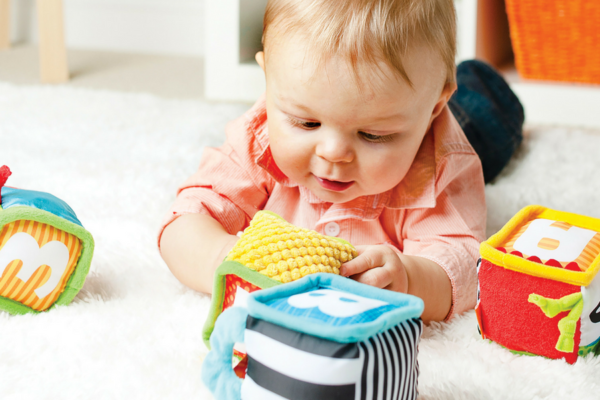The skills that a child needs to tell a story are called narrative skills. Narrative skills can include the following: vocabulary, question words, concepts of time and sequence, introducing and maintaining a topic, taking turns in conversation. Narrative is important for the development of social skills and accessing the school curriculum i.e. reading, spelling and understanding the main idea of a story either written or spoken.
Children with narrative difficulties experience challenges when telling stories or discussing life events. For example, if you ask your child “What did you do at school today?” you may often get a single word response such as “swimming” or “music” or you may get no response at all. If your child is telling their teacher about what they did at the weekend, the sequence of events may be mixed up or they may start a story from the middle rather than the beginning. Perhaps your child can sequence events of a story correctly but they leave out key details of the story. All of these elements can mean their stories do not make sense which can make it difficult for you as a parent to understand what your child is trying to tell you.
Speech therapy sessions can work on improving narrative skills to help a child to structure their thoughts and ensure their stories make sense.
What you can do to help at home:
- Retell events along with your child for things that you experience together. For example, after you’ve spent the day out, ask your child what you both did for the day e.g. “First, we went to the park, then we went to the shop and then we came home.”
- When your child is able to sequence events independently, encourage more detail e.g. “First, we went to the park and you played with Ahmed on the swings. Then we went to the shop and bought milk and bread. Then we came home to eat lunch.”
- You can ask your child ‘wh’ questions related to the events e.g. Who was playing on the slides? Where did we meet Sam? What did we eat for lunch?
- If your child makes mistakes when they are telling their own stories, repeat back the correct model for them e.g.
Child: “she gave a carrot to it”
Adult: “At the farm, Sophie gave a carrot to the rabbit.”
This helps the child to introduce the topic and provides them with a model of how to order the sentence correctly.
Written by: Leah Karacinski – Senior Language Therapist

